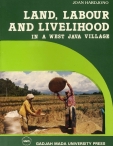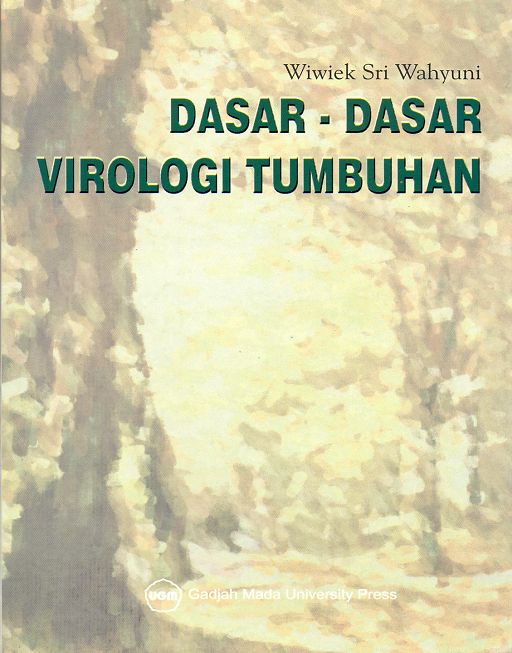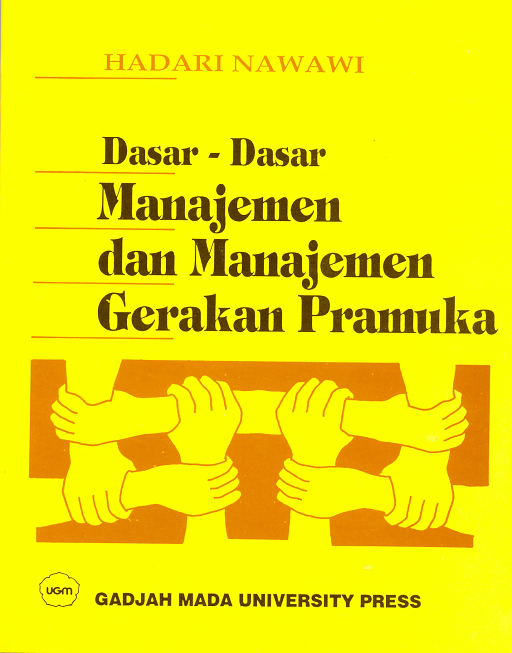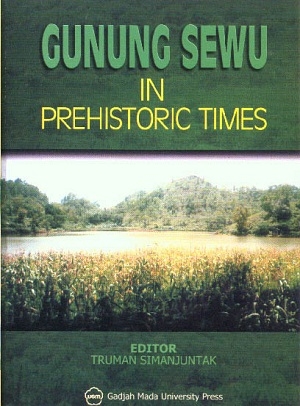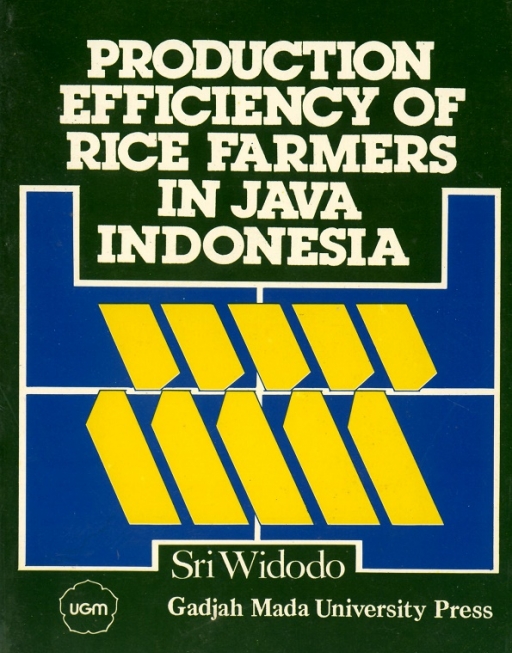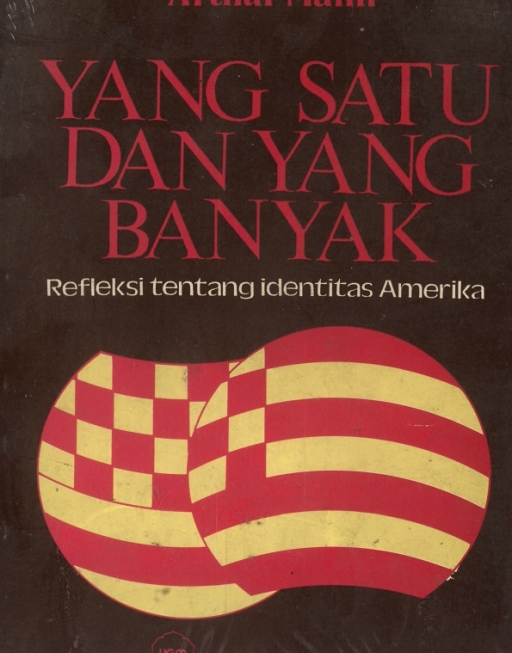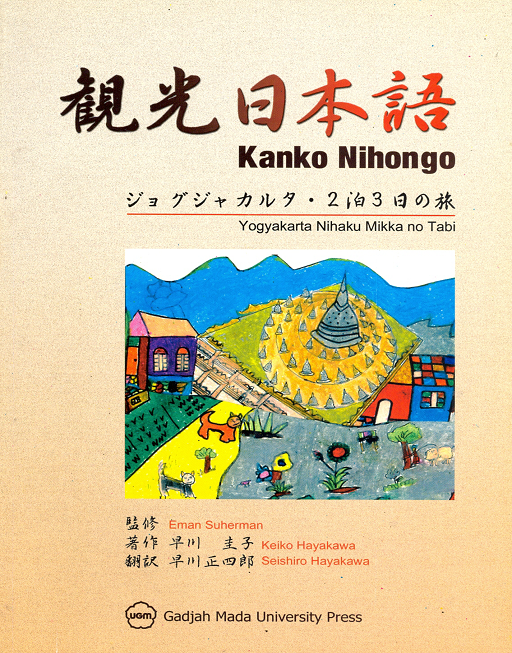Detail Produk
Land Labour and Livelihood in a West Java Village
Budaya
Share this :
Penulis: Joan Hardjono
ISBN: 979-420-071-9
Dilihat: 3874 kali
Stock: 0
Ditambahkan: 02 February 1993
The question of poverty in Java, or the relationship between human beings and the natural resources available to them, in particular land, is a topic that always attracts the attention of rural socioeconomic researchers. In Indonesia this subject has become increasingly interesting with the publication of the works of J.H. Boeke and his supporters and critics and the writings of C. Geertz concerning agricultural involution.
Rp17.000,00
Maaf buku ini sedang tidak tersedia
The question of poverty in Java, or the relationship between human beings and the natural resources available to them, in particular land, is a topic that always attracts the attention of rural socioeconomic researchers. In Indonesia this subject has become increasingly interesting with the publication of the works of J.H. Boeke and his supporters and critics and the writings of C. Geertz concerning agricultural involution. During the 19705, after the green revolution, a number of books appeared dealing with rural poverty and development, the most important among them being the study of Sriharjo by D.H. Penny and Masri Singarimbun. This book focused specifically on the lack of balance in the ratio between people (farmers) and land (for agriculture), a ratio that is becoming steadily worse and creating a tendency for life in rural Java to grow more “troubled”. Penny and Singarimbu'n noted and analyzed four policies introduced by the government in an attempt to solve the problem, namely, intensification, industrialization, family planning and transmigration. Even though the four approaches have all borne results, it would seem that the hopes of the two writers lie in transmigration, which implies an improvement in the man-land ratio.
In this present study Joan Hardjono examines in detail the policy of intensification, which appears to have already exceeded both technical and economic boundaries. “Intensification has already reached its limits in Sukahaji. . . . The same can be said of Java as a whole.” But there is a new word not mentioned in the four “solutions” proposed by Penny and Singarimbun, namely, diversification. “Those Sukahaji farmers who have introduced a certain 'amount of diversification into their land-use patterns are better off financially than those who keep to monoculture.”“The lnsus pro. gramme both confirms this picture of government preoccupation with techniques to raise rice output even further and reflects an int clination towards restrictions upon the way in which land is used,” The writer concludes that"‘a fundamental issue today is not whether that pattern of land exploitation can be expanded but whether it can even be maintained."
- Bahasa Teks Buku English
- Cetakan Second Printing, February 1993
- Tebal 323 halaman
- Ukuran 14,5 cm x 21 cm
- Kode Buku L004
- Categories Budaya, Sosial & Politik, Sosial & Humaniora
BUKU TERKAIT
© 2015 - 2025 UGM PRESS. All Rights Reserved.

